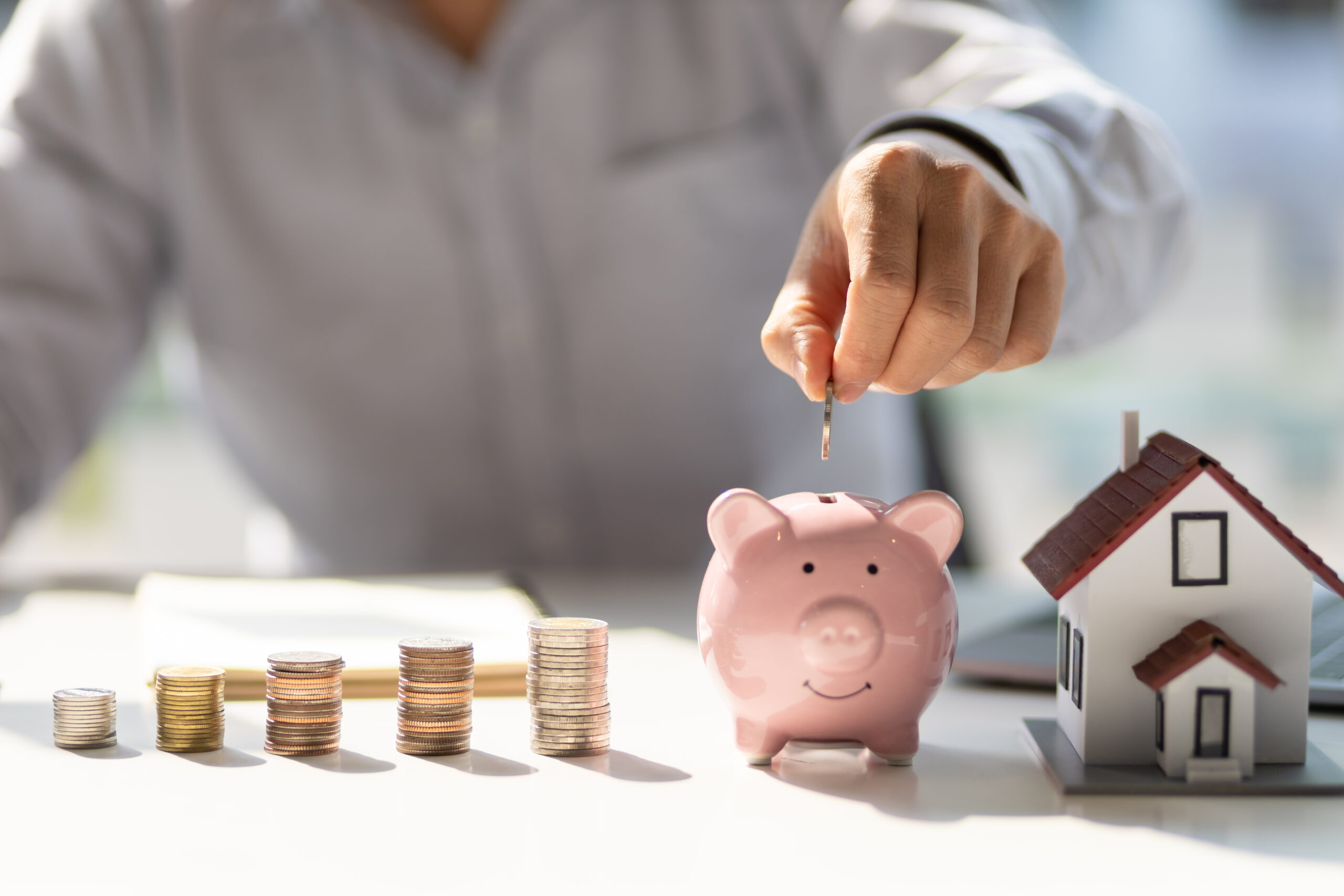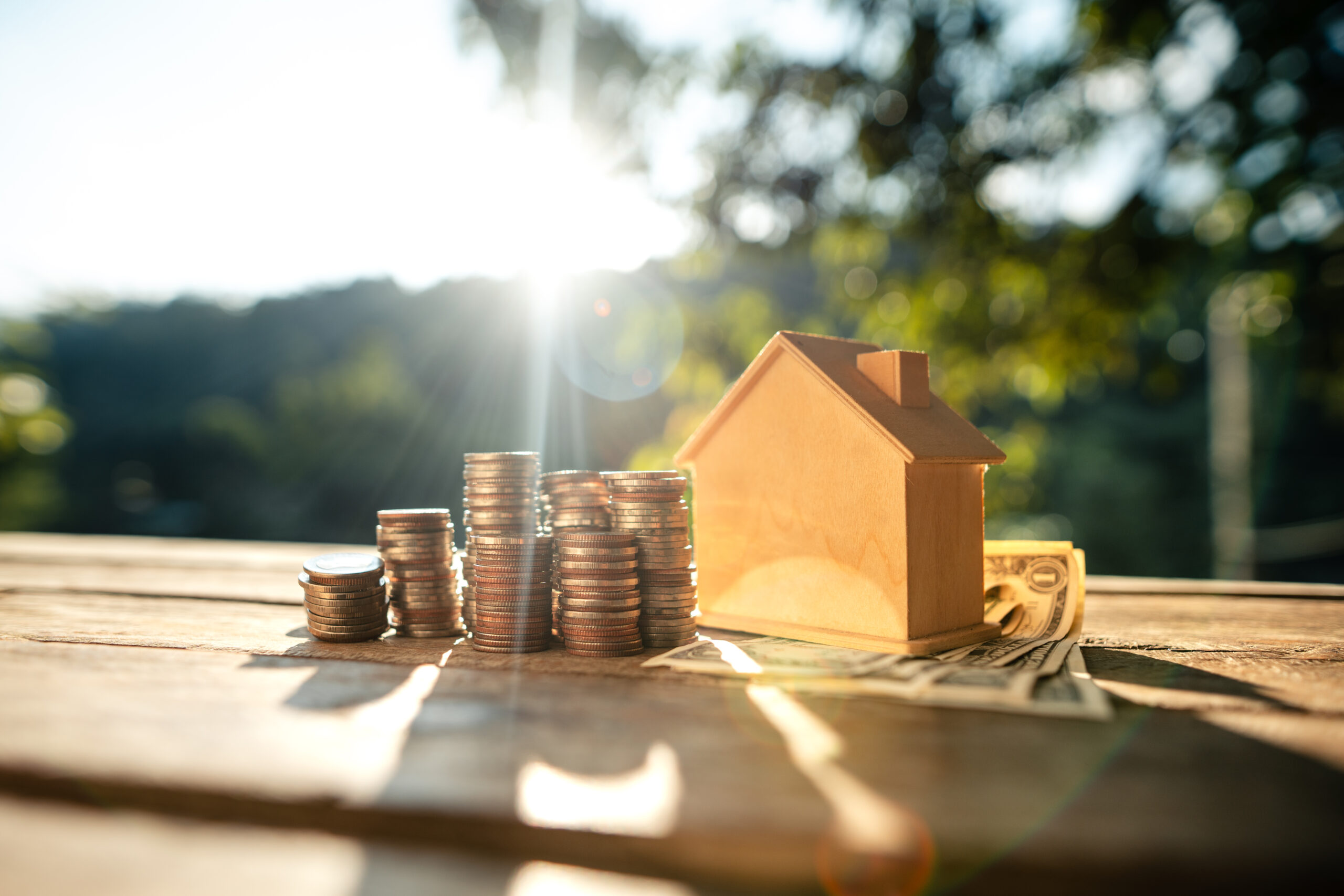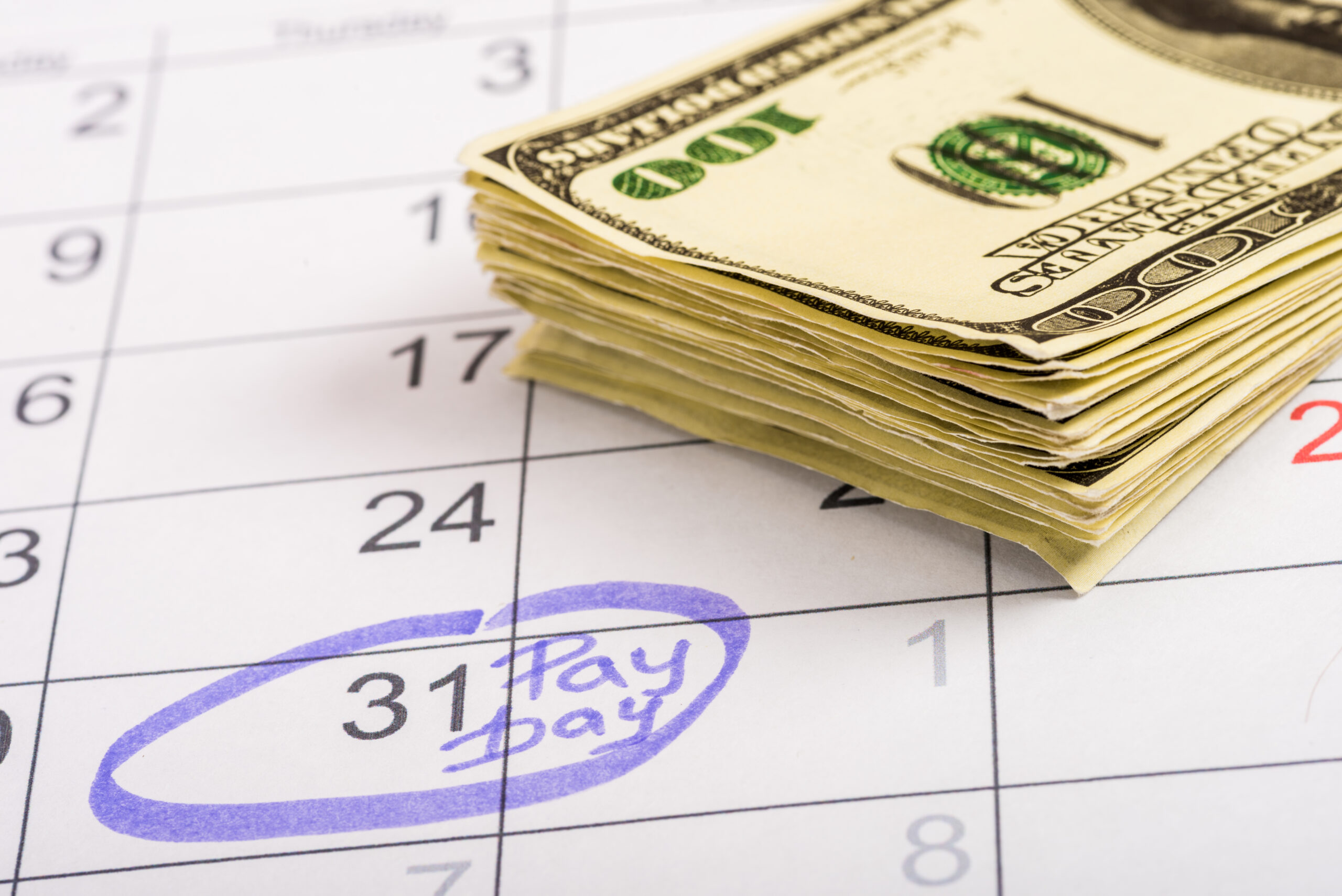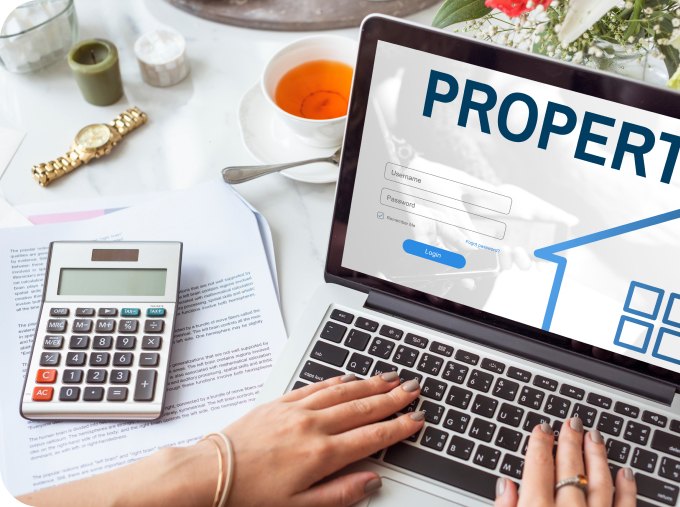What is Trigger Rate for Variable Mortgages
If you have a mortgage or loan with a variable interest rate and fixed payments, rising interest rates can eventually push you to what’s known as the trigger rate. This is the point at which your regular payment only covers the interest—none of it goes toward reducing the principal balance. In fact, if the interest due exceeds your payment amount, the unpaid interest is usually added to your loan or mortgage balance, leading to negative amortization.
When you reach your trigger rate, your financial institution may require you to take one or more of the following steps:
- Increase your regular payments
- Make a lump-sum payment to cover the interest shortfall
- Switch to a fixed-rate mortgage or loan
If you’re not yet at the maximum allowed amortization period, your lender might offer to extend your amortization instead of increasing your payments. While this can help manage short-term affordability, it will increase the overall interest you pay over the life of the loan.
























